
2025
Migratory Patterns
Curated by Hayley Walmsley
Toi Moroki | Centre of Contemporary Art (CoCA), Christchurch
February 1 – March 16, 2025
Migratory Patterns was a group exhibition that explored the experience of migration, displacement, and the search for belonging. Through a diverse range of media—including painting, sculpture, photography, installation, and ceramics—the artists reflected on how moving away from familiar places reshapes identity, cultural connection, and the meaning of home.
Rooted in the concept of neolocal context—the dislocation and reorientation experienced when individuals move away from their families and ancestral homes—the exhibition explored the tensions between loss, longing, and hope. It invited reflection on how home is made anew in unfamiliar environments.
Set in Aotearoa’s rich, layered histories of movement and settlement, Migratory Patterns presented works by artists engaging with themes of cultural heritage, adaptation, and resilience. The exhibition foregrounded voices from Māori and Pacific communities, alongside those with diverse migrant backgrounds, to explore shared and individual experiences of belonging.
The exhibition was presented at Toi Moroki | CoCA, a contemporary art space committed to amplifying kaupapa Māori perspectives and fostering community-led, culturally engaged projects. Curated with a kaupapa Māori approach, this project aimed to honour Indigenous worldviews alongside diverse migrant narratives, creating a space for dialogue and deep cultural reflection within the contemporary art landscape of Aotearoa.
Themes
Displacement, reorientation, and new beginnings
Cultural identity and connection to whenua
Memory, belonging, and adaptation
The evolving meaning of home
















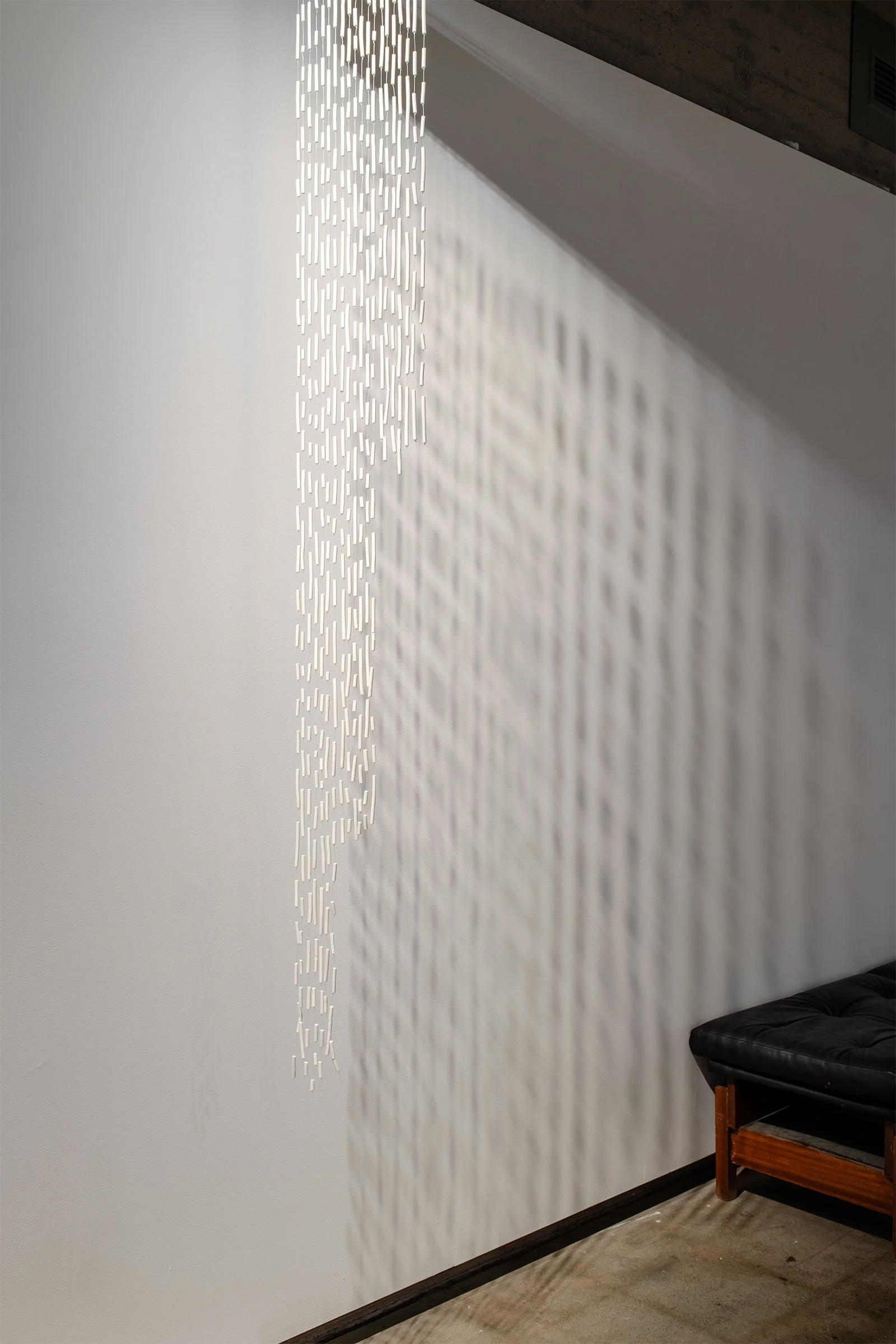













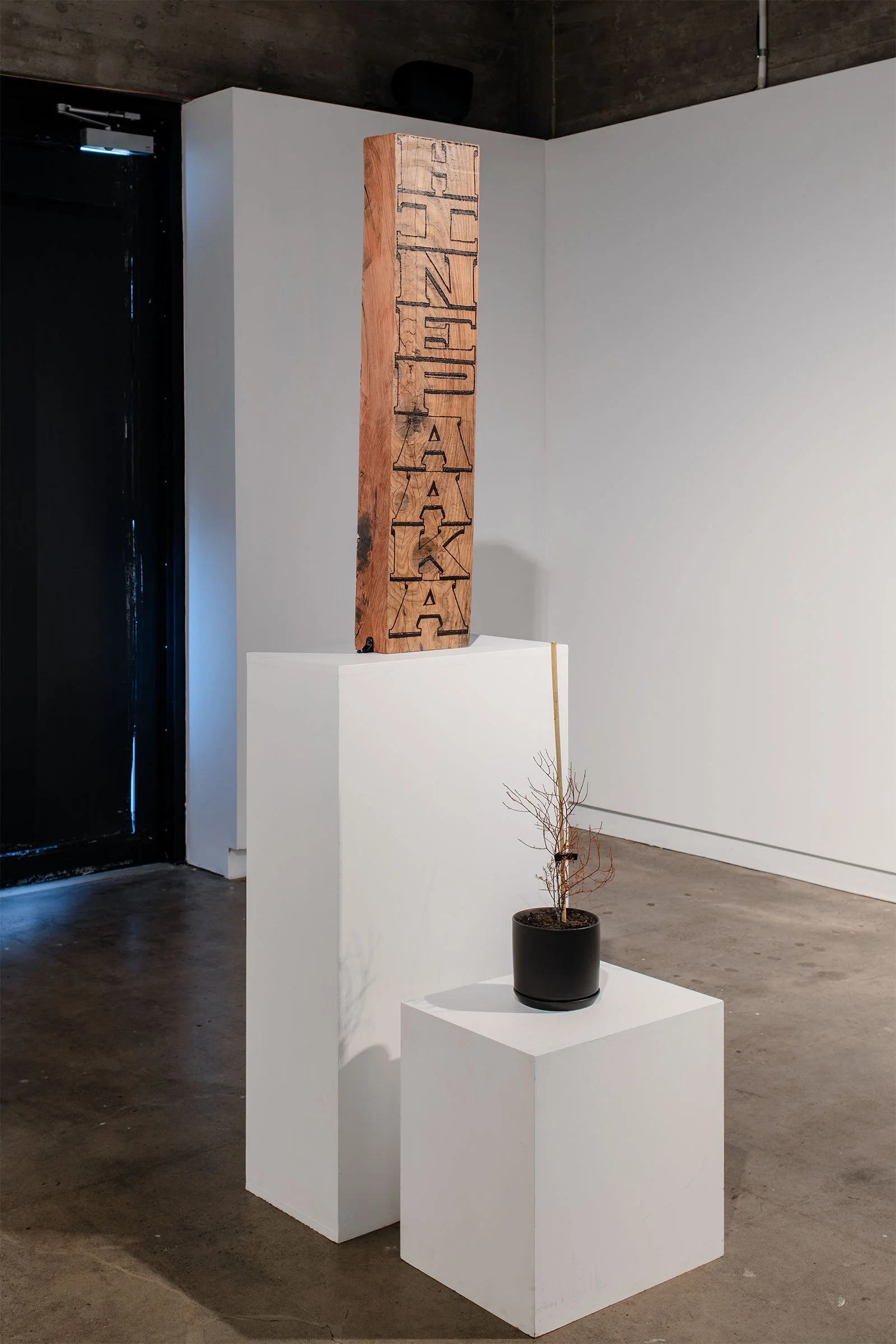










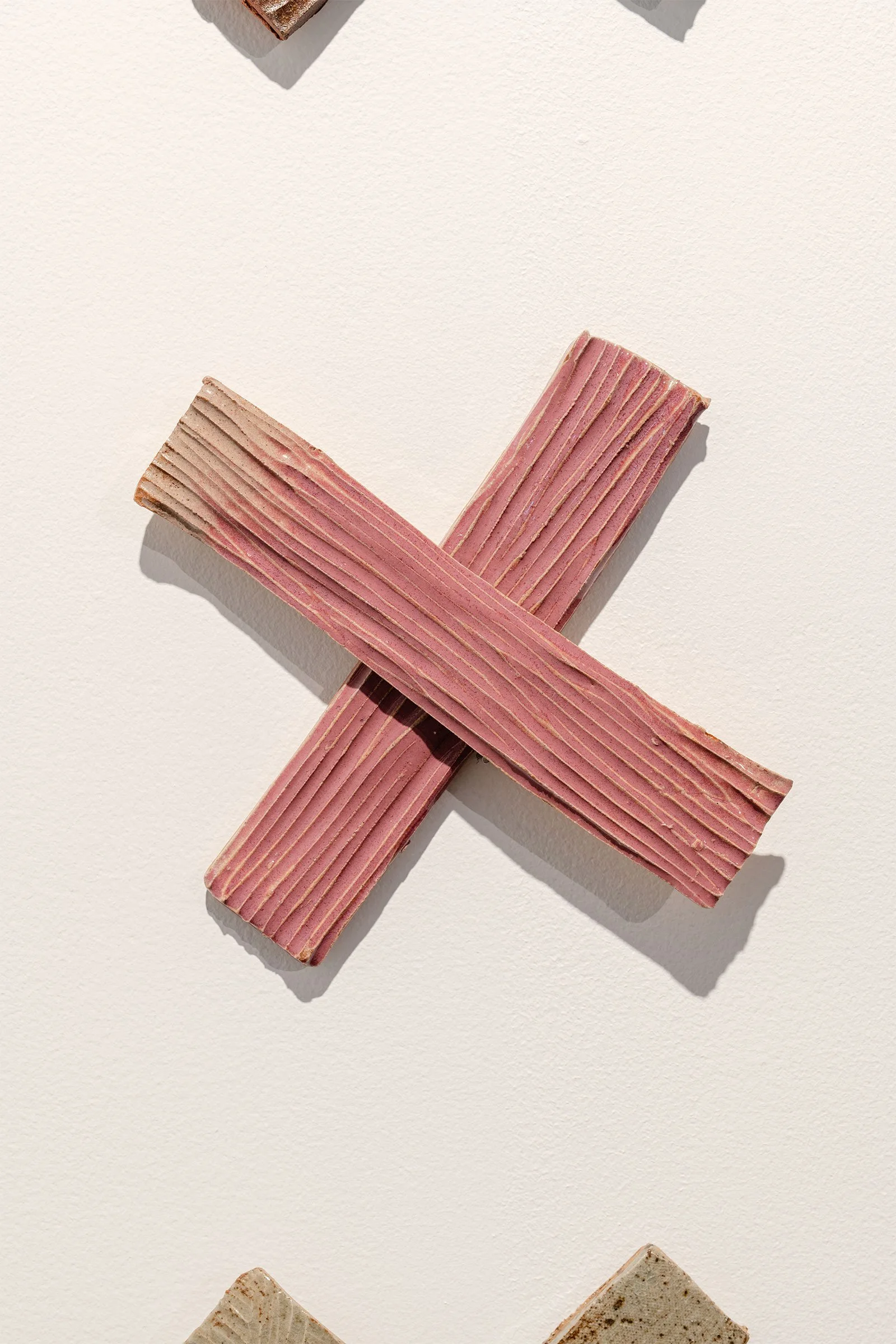
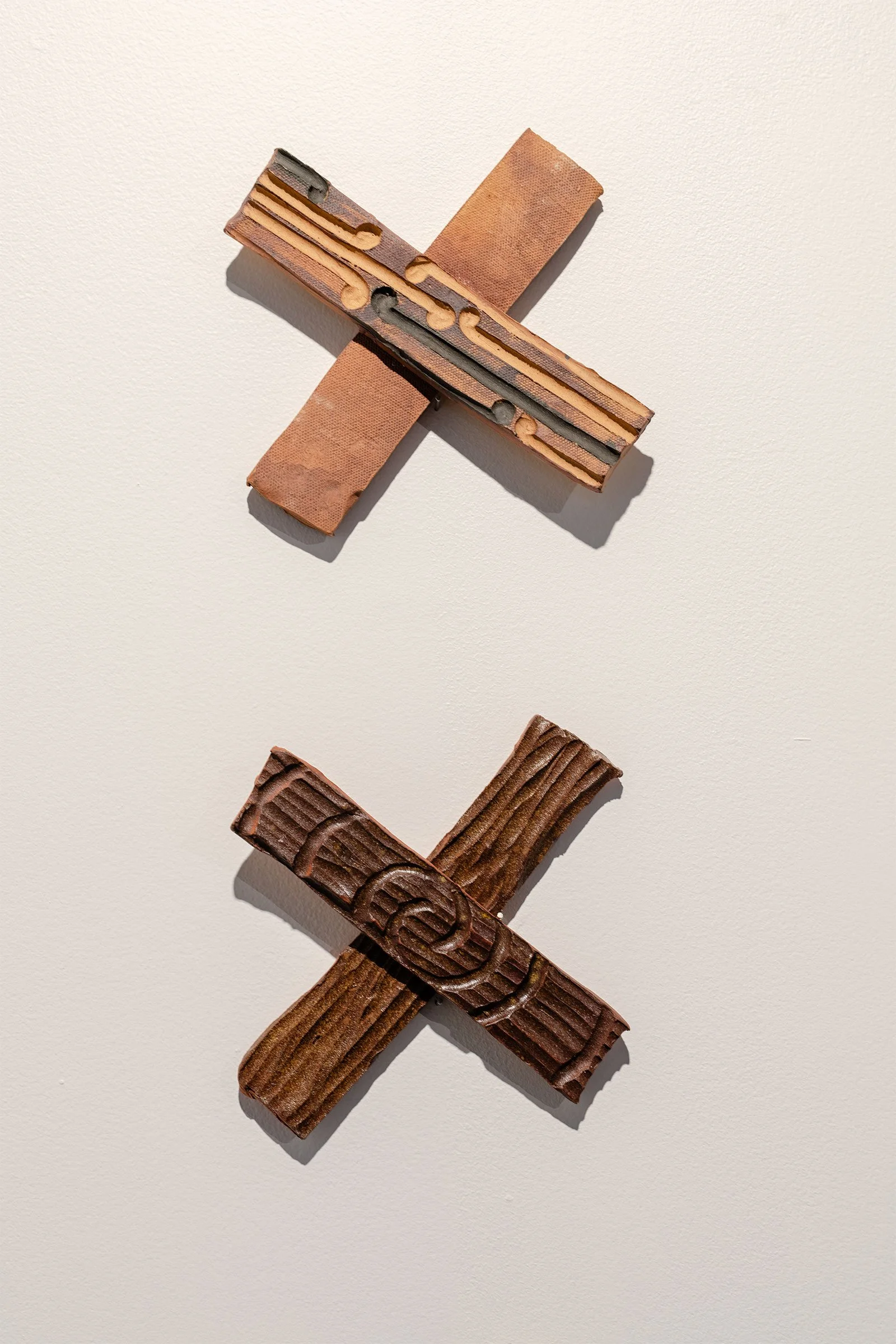
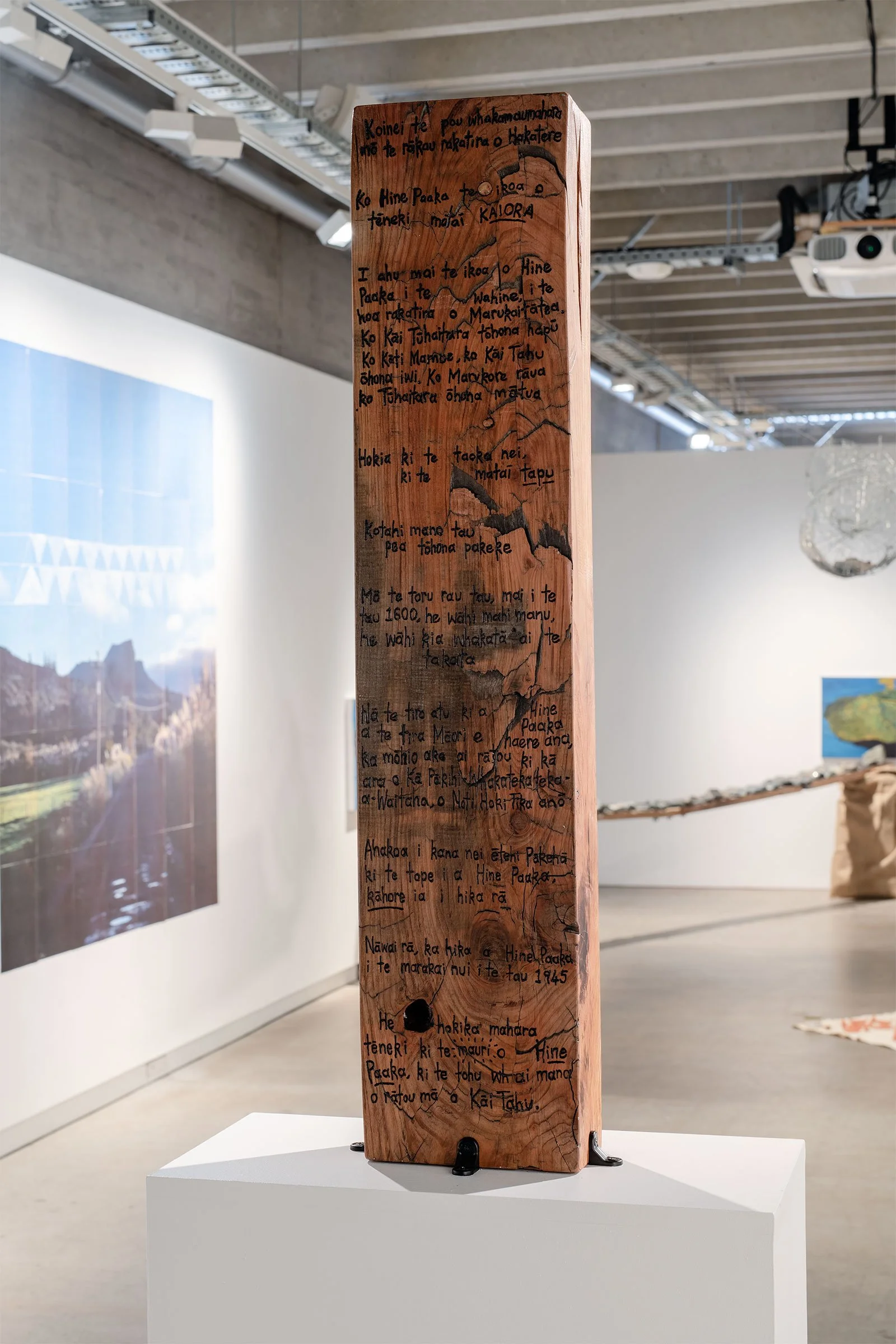






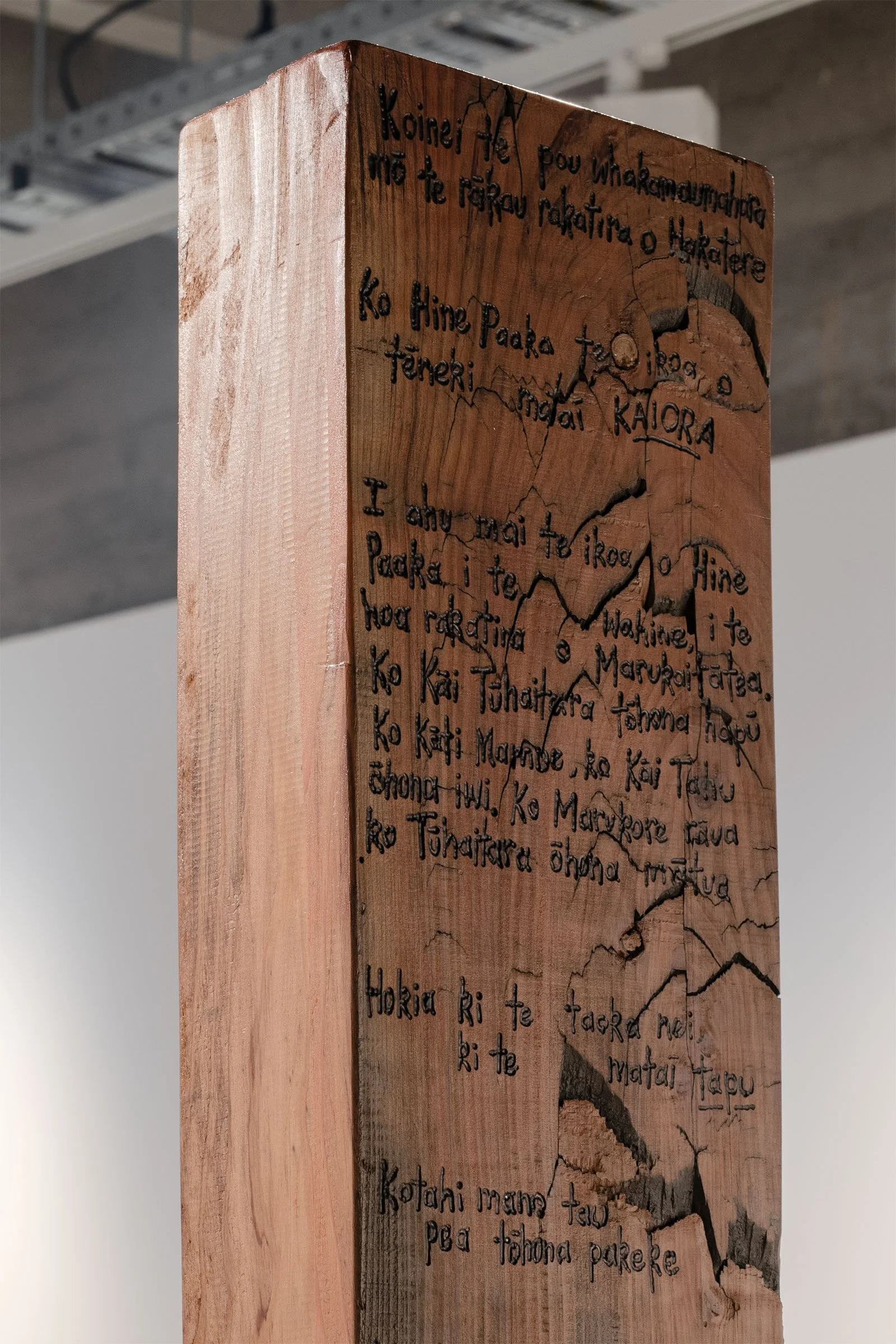

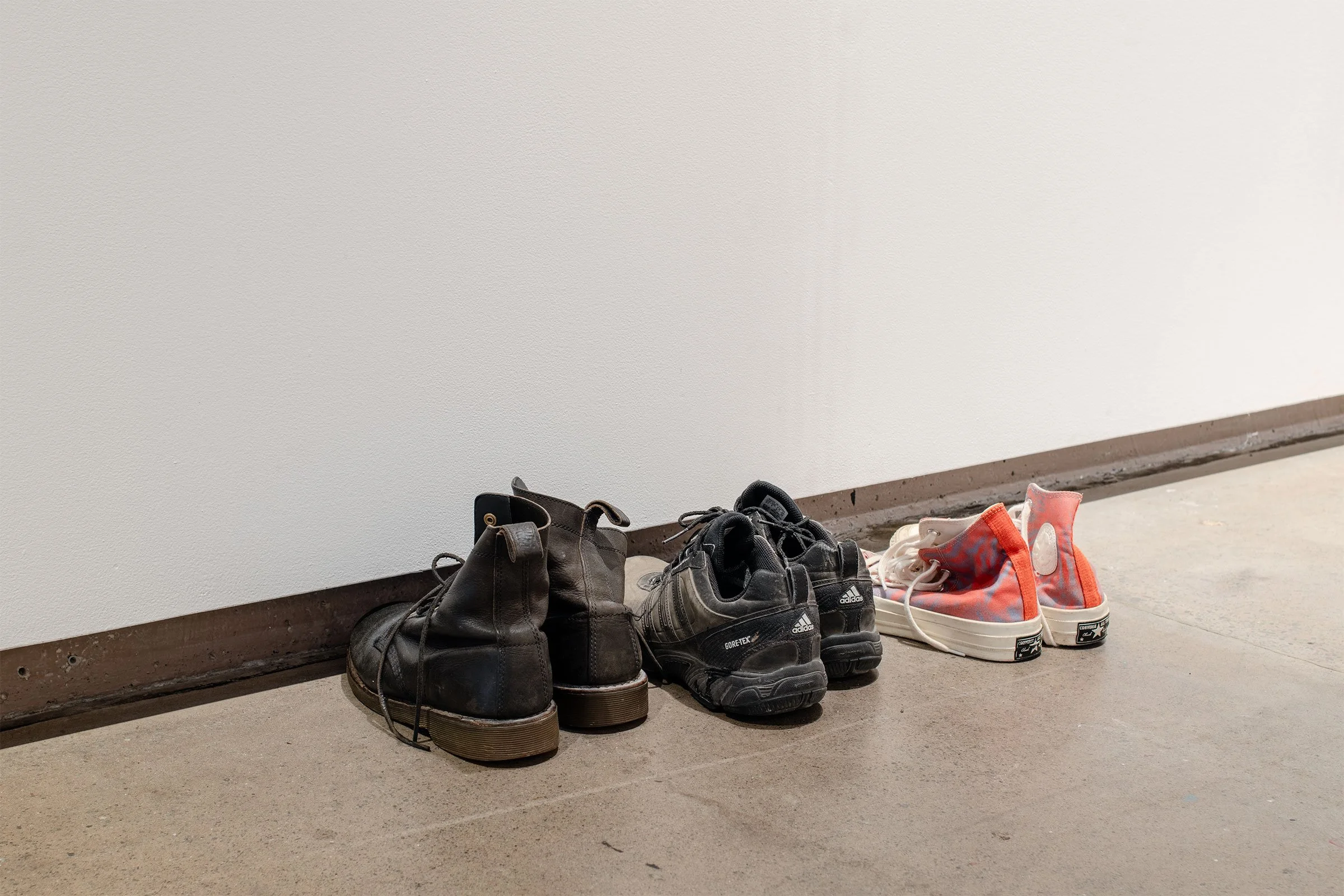



The Artists
Jonny Waters
Jonny, a Tauiwi, Tangata Tiriti visual artist and event organiser from Hakatere (Ashburton), now based in Ōhinehou (Lyttelton), brings a passion for community-building through his art and curatorial projects. Known for creating themed bodies of work and energising community shows like Mental Health and Ōtepoti Hip-Hop Hustle, Jonny’s practice reflects on how upbringing shapes identity. I chose Jonny for his ability to connect people and explore nostalgia through dynamic, collaborative art.
Jesse-James Pickery (Ngāti Whātua, Ngāpuhi)
Jesse’s work is deeply connected to his ancestral land and customary rights, with a strong foundation in mātauranga Māori. His ceramics, often crafted from clay sourced from Matauri Bay in Te Taitokerau, explore the underlying patterns of reality through sound, light, and earth. I selected Jesse for how his practice resonates with themes of heritage, identity, and place-making foundational to Migratory Patterns.
Nikita Rewha (Ngā Puhi, Ngāti Wai)
Nikita’s art engages with place-based histories and views whenua as carriers of memory and whakapapa. Her experimental approach to form and storytelling creates space for Indigenous ways of knowing, bridging past and present. I invited Nikita for her nuanced exploration of cultural connection and memory within shifting landscapes.
Aidan Taira Geraghty (Kāi Tahu, Ngāi Tuāhuriri)
Aidan’s sculptures are inspired by traditional hīnaki eel traps linked to his memories of the Waimakariri River mouth, a vital mahika kai site now threatened by environmental degradation. His work physically embodies the tension between ancestral practices and contemporary ecological challenges. I included Aidan to foreground the ongoing impact of colonisation on whenua and kaitiakitanga.
Aroha Novak (Ngāi Te Rangi, Ngāti Kahungunu, Tūhoe)
Aroha is a multidisciplinary artist whose research-driven practice uncovers suppressed Indigenous and local histories. Often working beyond conventional gallery spaces, she collaborates widely to expand knowledge systems. Her inclusion reflects the importance of revealing layered histories within the exhibition’s exploration of migration and belonging.
Heramaahina Eketone (Ngāti Maniapoto, Waikato)
Heramaahina creates works incorporating tā moko, raranga, whakairo, and kowhaiwhai to facilitate emotional, mental, and spiritual healing. Her practice is a vital thread in the exhibition’s dialogue about cultural identity and reclamation.
Moewai Marsh (Kāi Tahu, Tūhoe, Ngāti Kahungunu ki Wairoa, Kāti Huirapa)
Moewai uses earth pigments sourced from her rūnaka to connect whakapapa with whenua through painting and paper-making. Her practice emphasises reciprocity and deep connection to Te Ao Māori. I chose Moewai to represent the reciprocal relationship between people and land central to Migratory Patterns.
Isaiah Okeroa (Taranaki, Ngāti Ruanui)
Isaiah’s multidisciplinary work explores Māoritanga, spirituality, and whanaungatanga, bridging generational disconnects in cultural identity. His inclusion offers a vital perspective on contemporary cultural continuity.
David Garcia (Kapampangan, Tagalog)
David, a Kapampangan and Tagalog geographer and cartographer from the Philippines, challenges colonial cartographic traditions to reveal new spatial narratives of refuge and liberation. His work enriches the exhibition’s exploration of migration and place through a diasporic lens.
Jon Jeet (Ngāti Hikaira, Fijian Indian)
Jon is a registered Ngāi Tahu carver and painter whose practice reflects on layered identities including Māori and Indian heritage. His carved toki represent mauri, life force, embodying cultural resilience. I included Jon for his nuanced engagement with personal and collective identity within migration’s context.
Community Engagement & Outcomes
The exhibition was accompanied by a programme of community engagement including waiata sessions, workshops, and artist talks. These events fostered connection, dialogue, and cultural exchange beyond the gallery walls. They embodied the exhibition’s spirit of belonging and collective story-sharing, offering participants a chance to reflect on their own experiences of migration, identity, and place-making.
Through these activities and the exhibition itself, Migratory Patterns contributed to ongoing conversations about cultural continuity, adaptation, and resilience in contemporary Aotearoa. It created spaces for diverse voices and stories to be heard, woven into the larger narrative of movement, home, and belonging.
Acknowledgements
This project was made possible with support from Toi Moroki | CoCA and the generous contributions of all participating artists, community members, and cultural advisors. Special thanks to [funders, iwi, partners, and anyone else you want to name].
Further Resources
For more about the artists and their work, please visit their websites and social media:
Toi Moroki - Centre of Contemporary Art: https://coca.org.nz/exhibitions/migratory-patterns/